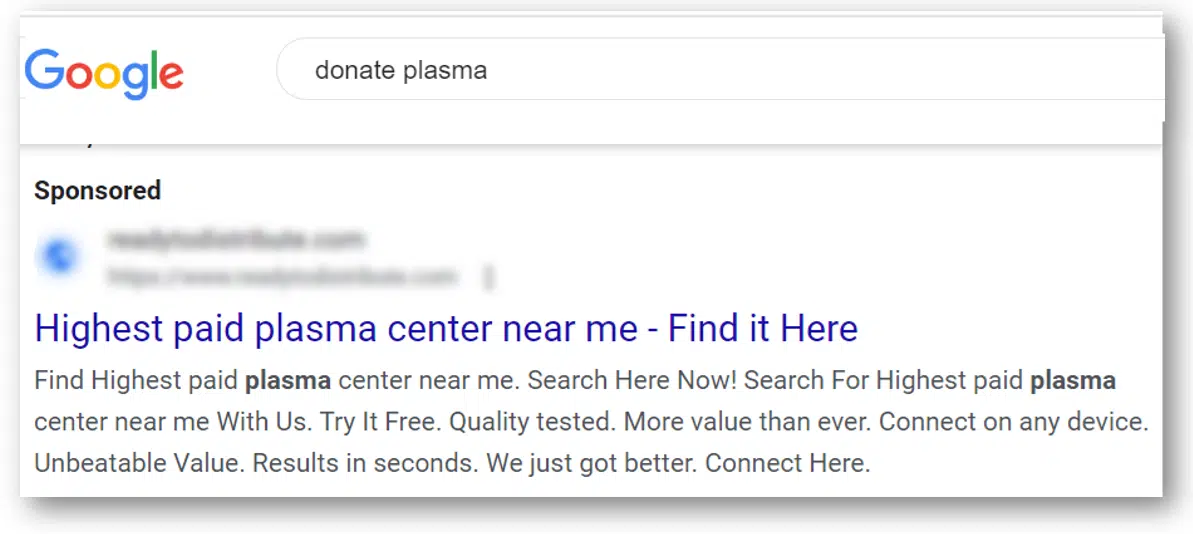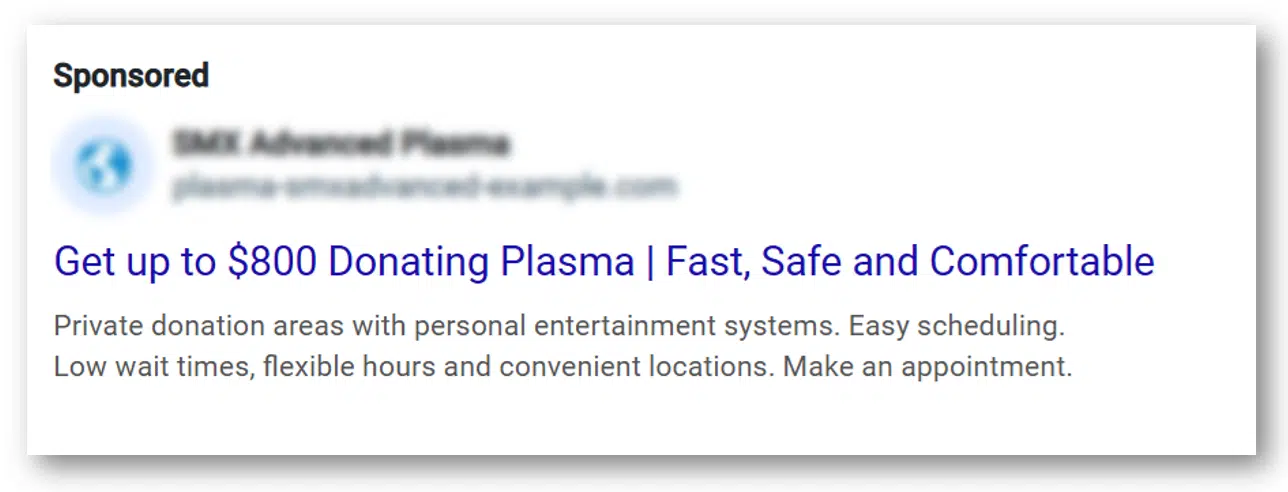Whether you’re a seasoned PPC marketer or just starting out, creating and optimizing Responsive Search Ads (RSA) is challenging.
At SMX Advanced 2024, I highlighted the biggest pitfalls marketers face with RSAs, which make the task even more difficult. Learn about these common RSA errors and watch the full session replay to improve your ads.
Mistake 1: You’re looking at the wrong metrics
You’ve heard a million times that you need to use the “right metrics,” but there are so many competing scores, metrics, and diagnostic tools for assessing RSA that it can seem impossible to know what your KPIs.
“Isn’t the role of advertising to get a click, not to generate sales? »
“What if the best ads had the worst power? »
Let’s set ourselves up for success by clarifying a few ideas:
Your KPIs should align with your business growth
Ask most business owners how they rate the success of a Google ad and they’ll likely say it should generate more clicks and sales.
On the surface, these measures seem to go hand in hand; more visitors to your site means more potential customers.
The reality is that there is often an inverse relationship between click volume and conversions.
Average CTR is up 5% year-over-year, while average conversion rate is down -1%. Last year, conversion rates fell -10%, despite an increase in CTR.
In other words, we’re getting more ad clicks than ever, but those clicks aren’t converting into sales.
Most accounts will benefit from serving ads that better qualify the click, filtering out unnecessary clicks from your anti-audience and driving more conversions with less spend.
This Google Ads statistics table shows the statistics of an ad optimized for conversions:

Impressions, clicks, and click-through rates are all down compared to the previous period. However, conversions, cost per conversion, and conversion rate have all improved.
It’s rare to improve click volume and conversion efficiency simultaneously, so know your KPI for your ad and don’t expect it to improve all metrics at once.
Ad strength is not a factor in ad ranking
If you’re struggling to balance ads that drive results with ads that have “great” ad strength, here’s some good news: the strength of your ad is not a factor in bidding.
Ad strength measures four categories:
- Number of titles.
- Uniqueness of titles.
- Relevance of keywords in titles and descriptions.
- Uniqueness of description lines.
Ginny Marvin, Google Ads Liaison, explained:
“Ad strength is not used in ad rank and is *not* a ‘factor preventing a keyword from being auctioned due to ad rank’.”
Remember, Google makes money when your ad is clicked, while you make money when your ad generates sales or conversions. Their definition of a “great” ad will be different from yours.
The best way to measure the impact of your RSAs is to determine how much they help you grow your business.
Get the research newsletter marketers rely on.
Mistake 2: you don’t use a brief
In the “golden age of advertising,” successful advertising campaigns always began with a strategic brief.
Today, most marketers don’t have the budget or resources to create a brief. Ads are written on the fly, often with the help of AI, without any strategic basis.
We end up with impactful ads like this:

This nonsense, keyword-stuffed advertising is completely real, but it would never have existed if the process had started with a strategic brief.
A brief takes into account the details of your brand, your audience, and your goals before you even start writing. It can be edited to suit your own needs and will usually include categories such as:
- Context and objectives.
- Target audience and consumer information.
- Creative requirements.
- Media strategy and campaign.
- Message and tone.
- Success metrics and reporting.
- Compliance and approvals.
Although the challenge of budget and resource constraints remains, generative AI can help solve this problem.
Here’s an example prompt you could ask ChatGPT to learn more about your target audience without investing in focus groups:
- “Please list 5 reasons why someone might search for {your product or service}. For each reason, explain what a person would need to know or believe about a company in order to make a purchasing decision.
Using generative AI to help you create a brief is a quick and affordable way to ensure your ads match your audience needs and campaign objectives.
Mistake 3: you phone in your advertising text
We wish this wasn’t the case, but Google Ads has never been easier than it is today. Marketers face:
- Creating Mad Libs style ads with limited control and ambiguous asset reporting.
- 15 titles and four descriptions, resulting in over 40,000 ad combinations per RSA.
- Conflicting goals, incentives and advice.
It’s no wonder many marketers are abandoning messaging ownership and instead relying on Google “best practices” to deliver the best combinations of advertising assets.
While this benefits Google, it’s not ideal for advertisers.
Here’s another real-life plasma ad, this one checking the boxes of what most marketers would agree are best practices:

On the plus side, this ad manages to avoid gibberish and has a compelling benefit.
Yet even if we follow conventional wisdom about what constitutes good advertising, it fails to help prospects know if the plasma center is right for them.
The copy is redundant, repeating “get up to $800” four different times and ignoring potential issues or anxiety that could prevent prospects from converting.
How to fix it
Using the ChatGPT prompt shared earlier in this article, we can find out what potential plasma donors are likely interested in. The list may include items such as:
- Financial compensation: Offers fair compensation and transparent policies.
- Health Monitoring: Provides thorough health screenings in a safe environment.
- Make a regular donation as a routine: Efficient processes and comfortable donation experience.
An effective RSA will define and differentiate the offer, increasing the likelihood that your target audience will click.
Here is how we could write a well-defined and differentiated RSA for a plasma center:

Our competitor’s advertising focuses solely on earning potential, but ours emphasizes comfort, safety, and convenience in addition to the $800 payment. By addressing these concerns, our advertising stands out from the competition, making it easy for a nervous new donor to see the value of our offering.
This is how you go from generic to compelling.
Dig Deeper: 7 Ways to Improve Your Responsive Search Ads
See: Mastering RSA: messages to maximize conversions
Find more RSA information, prompts, and examples in my SMX Advanced session:
Contributing authors are invited to create content for Search Engine Land and are chosen for their expertise and contribution to the search community. Our contributors work under editorial supervision and the quality and relevance of the contributions for our readers are checked. The opinions they express are their own.

